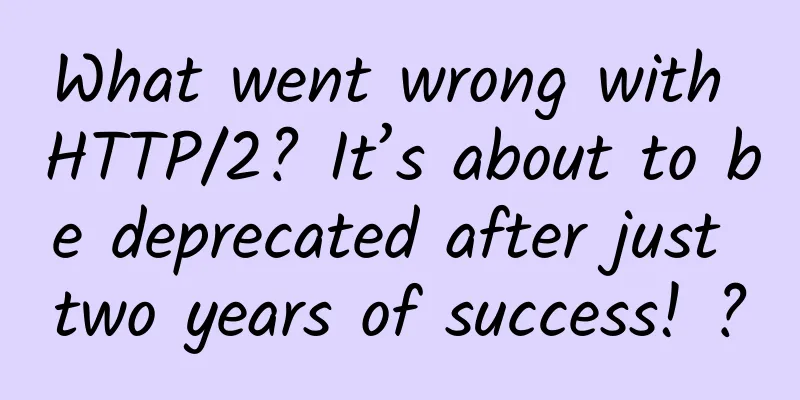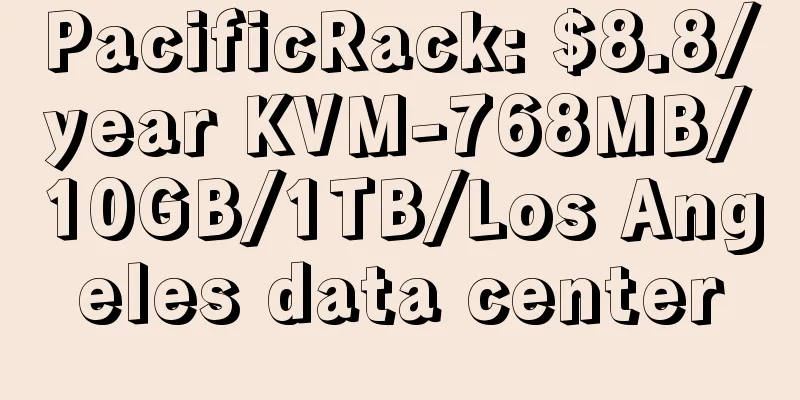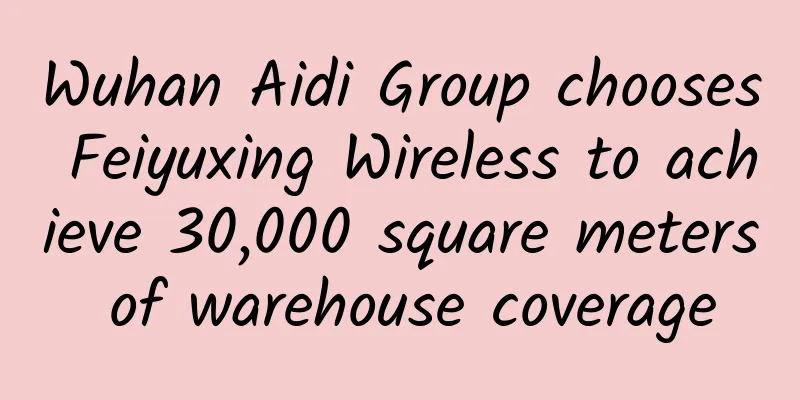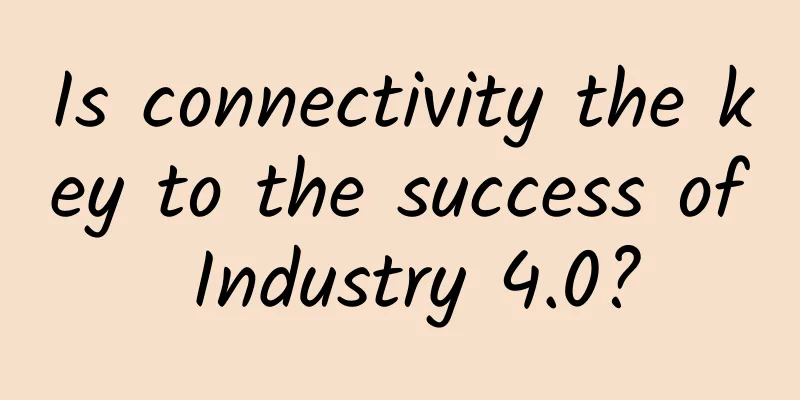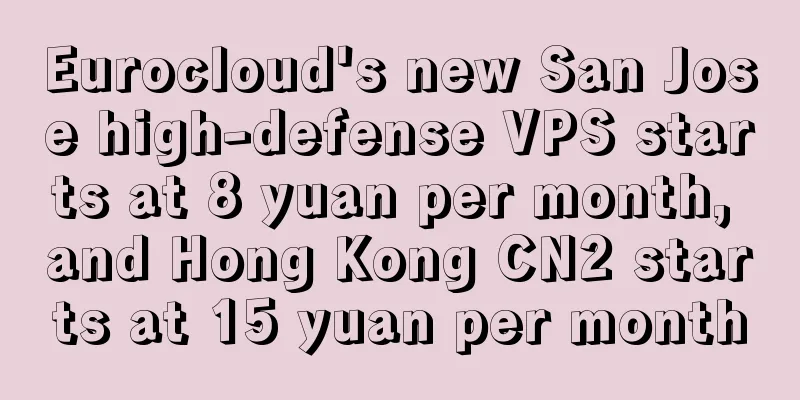How are the two engines of future digital transformation: connectivity + cloud grounded?
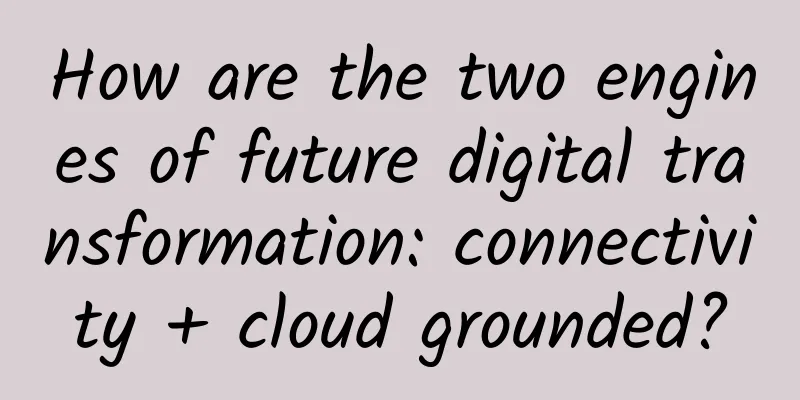
|
[51CTO.com original article] After the statement that "Huawei wants to become one of the world's top five clouds" spread all over the Internet, on the second day of Huawei Connect 2017, Huawei Products and Solutions President Wang Tao shared with 20,000 audiences how Huawei will achieve this goal through innovation in technology and solutions. In his speech, Wang Tao emphasized that connectivity + cloud are the dual engines of future digital transformation. Connect to the cloud and get down to earth! In his speech, he said that the symbol of digitalization is connection to the cloud. In enterprise digitalization, the cloud cannot be separated from connection. The purpose of connection is to make the cloud efficient, and the value of the cloud can only be released through connection. If the cloud is isolated, it cannot generate the expected value. Connection and cloud are the twin engines of digital transformation. A cloud without connection is a castle in the air, and a cloud with connection can be "grounded". A set of IDC survey data proves that Wang Tao's view is not a fantasy: in 2017, 67% of CEOs around the world took digital transformation as their core strategy. The key to digital transformation is to introduce new ICT technologies, and cloud is the main way to provide ICT technologies. But cloud is not the only factor in digital transformation. The Boston Consulting Group's enterprise digital maturity model shows that digitalization is the comprehensive result of enterprises continuously improving their modernization and intelligence levels in the two directions of data collection and data analysis. Data collection requires connectivity, and data analysis requires the cloud. The cloud that enterprises need in the process of digital transformation as described by these two authoritative organizations is exactly what Huawei Cloud is good at - a cloud based on connection. "There are many companies in the world that do connection, but few that connect everything. It is not difficult to do cloud, but it is not easy to become one of the top five clouds in the world. Huawei may be the only one that can do both connection and cloud well," Wang Tao said. What is the difference between Connectivity Plus Cloud and “All-Cloud Network”? Huawei has been talking about the concept of "all-cloud network" before. So what is the difference between the connection + cloud proposed at this conference and the all-cloud network? Wang Tao said that the all-cloud network is a solution that Huawei continues to develop and build for operator business. It does not contradict the view that "connection plus cloud are the dual engines of digital transformation" because many connection technologies are provided based on the all-cloud network. Connection is not only for enterprise customers, but also for operator government business. In his view, the network for enterprise customers is infrastructure, and the value of network infrastructure to customers is to provide connectivity.
"I think that the idea that Connect+Cloud is a dual engine of digital transformation is mainly aimed at enterprise customers, because enterprise digital transformation is a long-term and important topic, and as an important supporting force for digital transformation, ICT solutions are the deep integration of IT, CT, and OT. This is exactly the important scenario that Connect+Cloud hopes to touch." Wang Tao explained. Future connections will require “subtraction” When talking about the future development trend of network connectivity, Li Xiangjun, vice president of Huawei's network product line, said that as the network scale becomes larger, there will be fewer operation and maintenance personnel. The reason is that the network is smarter and simpler, and the network management level is getting higher and higher. After the network becomes "smart", enterprise operation and maintenance personnel will feel the most relaxed. "The network in the future will be further simplified. Huawei has extremely simple design, deployment, and operation and maintenance. The operation and maintenance management of the network in the future will become simpler and simpler." Li Xiangjun said with a smile that this is exactly what Huawei hopes to see, "We also hope to leave the complexity to ourselves and the simplicity to our customers." At the conference speech on the second day, Wang Tao released Huawei's new X-Gen WiFi solution to the outside world. This is the industry's first full-Gigabit WiFi and IoT integration solution. Why choose WiFi and IOT as the breakthrough point of the solution? Wang Tao explained that the WiFi solution is a terminal coverage technology of Huawei's campus solution, which is interconnected with the switches in the campus and even the upper cloud management controller. In the new X-Gen WiFi solution, in addition to WiFi for cloud campus broadband access, many IoT solutions are also embedded in this module, which can effectively meet the digital transformation needs of campus customers. Huang Jin, vice president of Huawei's IT product line, added that in the actual deployment of the solution, customers are very fond of using Huawei's cloud IoT platform for NB-IoT. He gave an example that when customers use Huawei's products that optimize the communication protocol, they find that power consumption can be reduced by 50%. As we all know, once the power consumption of IoT terminal equipment is doubled, its service life will be extended by more than double. "Yellow Car used to only use Huawei's chips, but after discovering the huge advantages of Huawei's cloud + connection, it quickly integrated multiple Huawei solutions." Huang Jin emphasized that this is of great value to customers. Huawei believes that there must be a lot of synergy between cloud and network, and there is still a lot of room for development. Li Xiangjun emphasized that Huawei has always adhered to starting from the customer's business, commercial demands and basic production demands. He gave an example of consumer shopping. In the past, in the traditional shopping method, merchants had no way to reversely drive consumers to purchase, but now after digital transformation, consumers are at the center of the stage. Retail companies can reversely drive the end users and consumers in the market and reversely drive the business transformation of enterprises. "These changes in concepts are actually a driving force to support the digital transformation of enterprises." [51CTO original article, please indicate the original author and source as 51CTO.com when reprinting on partner sites] |
<<: Who will be the Internet of Things "giant"? 2017 World Internet of Things Expo closed
>>: Did you understand the three stories Guo Ping told at the Huawei Connect Conference?
Recommend
Internet of Things in 2018: Application scope is getting wider and wider, and NB-IoT will take the lead
Currently, 5G and the Internet of Things have bec...
Where does the strength of 5G factories that “take over” 5G+Industrial Internet come from?
In order to accelerate the industry's quality...
Huawei releases OptiXstar Gigabit Smart Optical Modem flagship product to create six-star quality home broadband in the F5G era
[Shenzhen, China, March 30, 2020] Today, Huawei o...
Come to Huawei Cloud 828 Enterprise Cloud Festival and experience the super value offers beyond your imagination!
[51CTO.com original article] Enterprises want to ...
HostKvm newly launched Russia/Hong Kong high-defense VPS, 50% off for Mid-Autumn Festival
HostKvm has launched new products, this time with...
Integration and innovation promote educational reform, and the grand event of thousands of people in the education sector came to a successful conclusion
[51CTO.com Xi'an report] The "2017 Unive...
6G transmission capacity may be 100 times higher than 5G. 5G is here. How far is 6G?
How long does it take to download a 1G high-defin...
80VPS: Hong Kong/Japan/Korea VPS annual payment starts from 299 yuan, Los Angeles VPS annual payment starts from 199 yuan
The tribe has been sharing that there are a few C...
Why use Wi-Fi 6 when building wireless networks in universities?
Mobile campus network of colleges and universitie...
Opening up the 6GHz frequency band: a new attempt with an uncertain future
On April 23, the Federal Communications Commissio...
Maxthon Host: Hong Kong CN2 restocks in large quantities, 2G memory package monthly payment starts from 56 yuan
Aoyo Zhuji is currently restocking a large number...
In the era of full intelligence, adapt with intelligence | H3C shares its network innovation blueprint at the 4th Future Network Development Conference
From August 14 to 15, New H3C Group, a subsidiary...
Can Chrome DevTools' Network be used like this?
If you were to pick the most used feature in Chro...
Gartner: Four technologies that will have a significant impact on digital commerce in the next two years
[[428882]] According to Gartner's 2021 Hype C...
